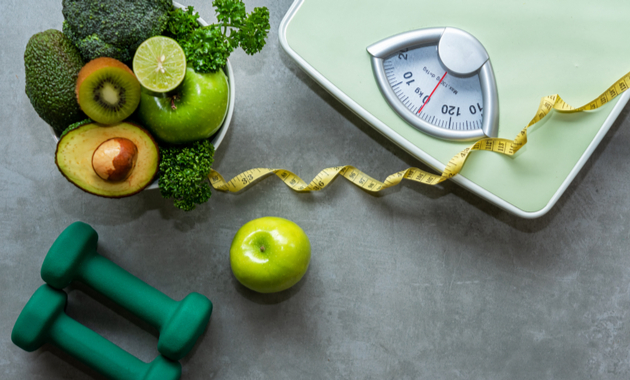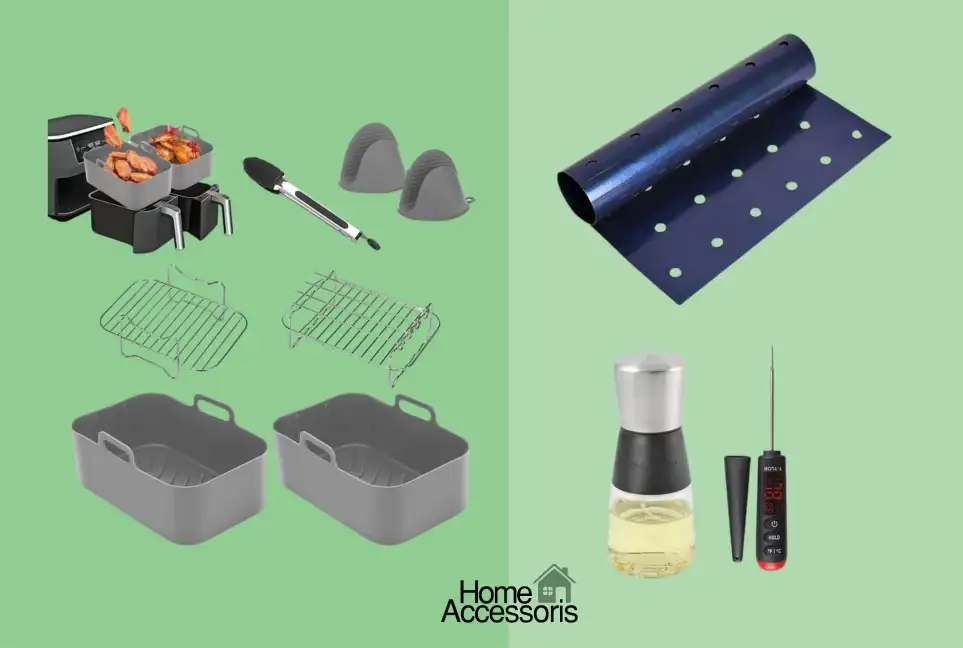When it comes to health and fitness, there is a lot of talk about weight loss, but there is little talk about body composition, which is important for staying healthy for life. Whether you want to show off your bikini body on your next beach holiday or simply want to be active and fit in your golden years, body composition should be at the core of your exercise strategy.
A body composition-based weight-loss regimen produces measurable and long-term effects. Body composition literally refers to the composition of your body. It indicates the amount of fat in relation to fat-free mass (lean muscle mass, bones, and water). Simply said, it is a battle of muscle versus fat. So, two people with the same body weight or height cannot have the same physical composition. Two people with the same body weight may have different fat and muscle percentages.
The game-changer
Not fat or carbs, but “Lean Body Mass” is a game changer for weight loss. Lean body mass is simply the weight of your bones, internal organs, and muscles. Why is it so crucial? Because it works even when you’re not exercising! Muscle tissue is biologically more active, which means it uses energy when you sit. You have a greater BMR (Basal Metabolic Rate) if you have more lean body mass. With a greater metabolism, it is easier to maintain an overall healthy weight.
Because of the rigors of their sport and workout routines, athletes and bodybuilders have a larger percentage of lean body mass. Of course, you don’t have to create large muscles, but shifting your attention from fat to muscles will provide you with long-term results. Strength exercise 2-3 times a week will boost your energy and mood, making you feel stronger and fitter. And who doesn’t adore the sensation of well-toned muscles?
Fit & Strong – Life long
Is your weight dropping but not your inches? Is your weight increasing while your measurements remain constant? Or are your measurements increasing while your weight remains constant? You’ve probably been running the rat race of “skinny me” while completely ignoring your “body composition.” Trying to be slim without first understanding your body type is akin to running a race without a finish line or a trophy for the winner! You’ll get nowhere. Understanding your body type will provide a firm framework for your workout and eating plan, making it more result-oriented than the next inch-loss or kilo-loss craze.
You can adjust your composition once you understand it by adding muscle mass and decreasing fat. Workouts, activity, food, and lifestyle are all important elements in modifying your body composition. You can work on increasing muscle mass (lean body mass) and burning fat with the correct workout (cardio, strength, and functional training) and a balanced diet. It is critical to follow a balanced and lasting weight management approach that does not rely on deprivation or famine. Fighting your inherent inclination – hunger – is impossible. For more long-term fat loss, you must confront it rather than avoid it.
How to kick start your weight loss journey?
Food & fitness revolves around the following four pillars:
Sleep: Sleep is the sole time when our bodies mend, regenerate, and refresh. When you don’t get enough sleep, stress hormones run wild, causing mood swings, food cravings, and weight gain. Yes, your body will not get rid of that fat if you do not sleep tightly. Set a sleep timer. At the very least, you set your sleep schedule. Every day, our bodies labor hard and with discipline. When it comes to getting enough sleep, 7-9 hours is best.
Food Routines: Certain hormones are also involved in fat loss. These are the hormones leptin, ghrelin, and insulin. If you do not schedule your meals, it will be difficult to achieve the target weight loss. This can also result in weight gain. For your meals, use the 2-6-12 formula. Breakfast should be consumed between two hours of waking up, lunch within six hours, and dinner within twelve hours. If you are awake till late, the duration between dinner and sleep should be three hours.
Appetite: With appetite management and knowing your appetite, weight management is sufficient. Our bodies send us cues, and hunger is one of those signals that we should not ignore or repress. Everyone gets hungry at different times, so be aware of this and eat accordingly. Keep up with it.
Activity: This one has a simple rule: eat when you’re active, and don’t eat when you’re not. For example, eating before an exercise is OK because you will consume all of those calories, but avoid eating close tonight.
Easy weight loss tips
Here are a few simple ways to help you eat well and yet lose weight.
Keep hydrated: Binge eating is the body’s physiological response to dehydration. You feel hungry when you are dehydrated. So, drink water in between meals to keep your body hydrated. While 2 liters of water may seem acceptable, the general guideline is to let thirst govern your water intake.
Say hi to vegetables: Vegetables give all of the nutrients your body requires to perform daily tasks. Fresh veggies aid in the removal of free radicals from the body and increase satiety. Including at least one vegetable with each meal can help control hunger and junk food consumption.
Clean eating: It is the most basic way to manage your weight. Say no to refined food items of all kinds. For example, no matter how healthy an ingredient appears to be, if it is refined, it is neither clean nor nutritious.
Consume what you enjoy: Let us just quit feeling bad about eating what we want. It is pointless to criticize certain foods. It is preferable to eat your favorite meal only once to satisfy your needs. Overcoming deprivation will help you prevent overeating and irregular eating patterns. Balance and planning are two approaches. For example, if your favorite dish is fried, have it as a mid-meal; if it is sweet, do some extra exercise; and if it is high in calories, eat a lighter dinner.
Begin moving: There needs to be more than working out for one or two hours per day. You must remain active throughout the day. If you sit for 30 minutes, you must get up and move for one minute. When you sit for lengthy periods, your cells form a memory of muscle loss and fat growth. In addition, less activity equals less muscle mass.
Weight Loss Myths
1. After drinking alcohol, you lose weight.
Because alcohol is a diuretic, you actually lose water weight.
2. You can become in shape through detoxing.
Truth: Detoxing implies resting your body. A chemical-free diet is a better detox than a 400-calorie juice cleanse, which can cause muscle loss.
3. A lower weight defines a fit physique.
Truth: Losing weight is not a sign of fitness. Consider being satisfied with your weighing scale but always getting sick, feeling down, or agitated.
4. You must starve yourself to lose weight.
Truth: Starving will boost your cravings, sending you into a vicious cycle of binging and rage.
5. Obsessive calorie counting will get you to your ideal weight.
The truth is that not all calories are created equal. What 100 calories of apply will do to you is different from 100 calories of soda.
Quick fixes that kill your weight plan
· Going salt-free
· Carb free meals
· Cleansers
· Weight loss pills
Why weight loss pills are not a good idea?
Weight-loss medications and powders have drawbacks. Furthermore, losing weight means becoming fat-free. But what’s the point of reducing weight if you get hooked on pills and powders?
Why you should throw away your weighing machine?
Adopt a more all-encompassing approach to health and fitness. The numbers on the scale merely indicate the dropping kilos. These figures do not accurately reflect your emotional health or how you feel. Other weight-measurement parameters are:
· Inches
· Energy levels
· Mood swings
· Appetite management
What helps you build the right weight?
· Sleep
· Workout
· Food composition














